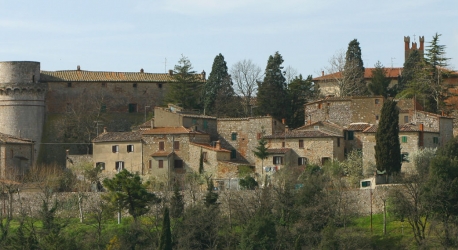Suggestive atmospheres and corners rich in History: walking in the narrow alleys of the Chiana Valley’s villages is like diving into the past, rediscovering the testimonies of the civilizations, families and artists who have made this area one of the most popular tourist destinations in Tuscany.
From the hills of the Etruscan town of Chiusi to the fortifications of Castiglion Fiorentino, passing through the cultural vivacity of Cortona, the medieval buildings of Trequanda, the village of Sinalunga and the genuineness of the agricultural products of Civitella. Every little hamlet of Valdichiana reveals itself to the eyes of travelers like a treasure to discover, corner by corner.
Comuni
“Arezzo would be enough for the glory of Italy”. The words of the illustrious italian poet Giosuè Carducci summarize the richness and beauty of this city, with historical and artistic testimonies of great value, that make it as an unmissable tourist destination for those who stop in Chiana Valley (Val di Chiana). Arezzo, in fact, is located at the very beginning of this valley and represents one of the starting points for those who want to experience it through a form of slow and sustainable tourism.
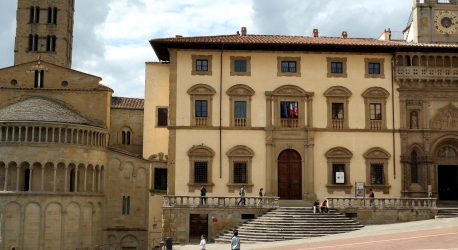
From prehistoric times until the present day, Castiglion Fiorentino has always been one of the liveliest villages in the Valdichiana of Arezzo. Erected on the top of the Cassero hill and surrounded by the splendid hills of the Val Di Chio, it boasts a history to discover, and a cultural parterre that is well suited to a territory that has become, over the centuries, a fundamental crossroads between Arezzo and Cortona.
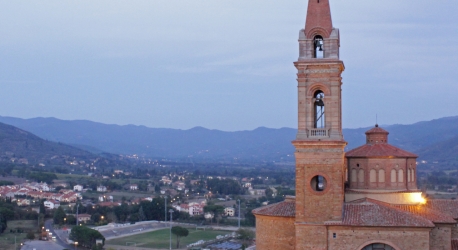
Discovering one of the most beautiful villages in Italy. Located at the base of the mountain of the same name, Cetona is a small village nestled between woods and countryside, which proudly maintains the evidence of its noble past. Fortified by Siena, it still maintains the original structure of the medieval settlements with a ring of houses that rises to the top of the hill, the fortress, the walls and the three doors.
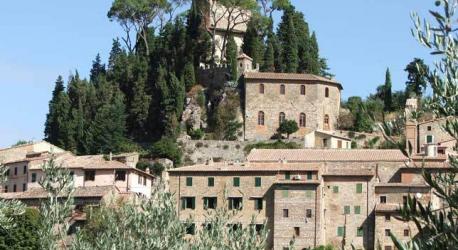
Chianciano Terme is certainly one of the most famous spas in Italy. The springs of this area have contributed to making it an international destination for visitors seeking wellness experiences or requiring special therapeutic treatments. Already the Etruscans and Romans had grasped the beneficial properties of these waters and had settled on the gentle hills of Chianciano, which, over the centuries, has been able to enhance its tourist vocation and it has managed to take advantage of this priceless asset.
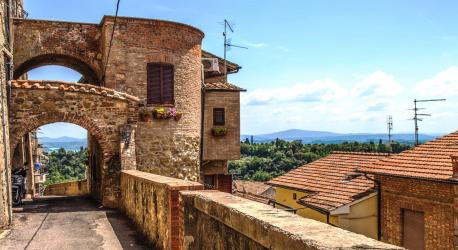
Visiting Chiusi means taking a journey through times to the ancient Etruscans. The municipal area is rich in evidence of the Etruscan civilization, Roman remains, Lombard influences and many other dominations that have occurred over the centuries, with an intriguing melting pot of different eras that allows you to come across tombs, underground catacombs and monuments of artistic and architectural interest.
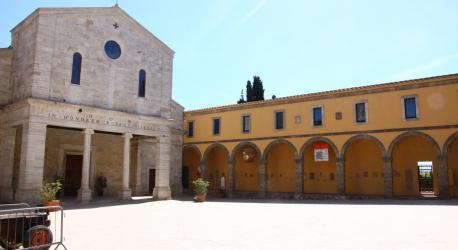
With its castle, which stands on top of the hill, Civitella in Val di Chiana represents an identifying and recognizable place in the province of Arezzo. Partly destroyed by an Allied bombing during the Second World War, its fortress is one of the best-preserved testimonies of the Lombard fortifications in central Italy and represents a first invitation to climb up to the ancient village to discover and admire a suggestive panorama of the valley.
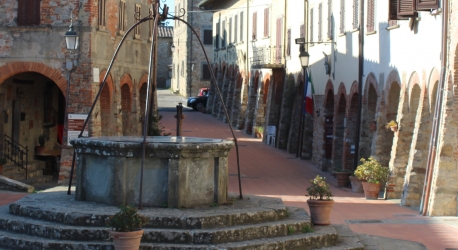
Charm, vitality and beauty are three of the characteristics that make Cortona the main tourist and cultural destination of the Valdichiana of Arezzo. Located on the border with Umbria, on a strategic hilly position in the center of south-eastern Tuscany, Cortona was born as an ancient lucumonia belonging to the Etruscan dodecapolis, so much so that its name recalls the term "Curtun" which, in the Etruscan language, assumed the meaning of "enclosed place".
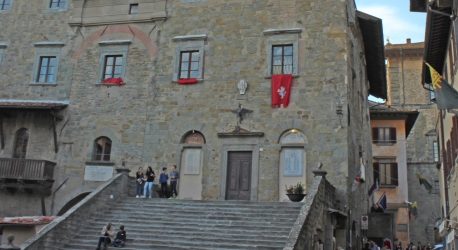
Born on a low hill in the Val di Chiana that opens to the south towards the filling area, Foiano della Chiana is one of the liveliest agricultural and commercial centers in the valley that extends its vitality also to the surrounding hamlets, such as Pozzo della Chiana. Populated since the sixth century BC, with the proliferation of Etruscan civilization, the center experienced a long period of Roman domination at the end of which, in the dark age of the barbarian invasions, the swamp began to desolate its fertile lands.
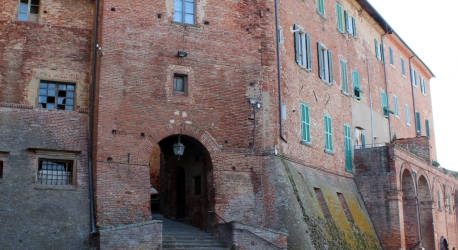
A small village in southern Tuscany, Lucignano is one of the most extraordinary examples of medieval city planning, thanks to its elliptical shape and concentric road rings that have remained intact for centuries. Walking through its streets is like playing inside an intricate maze that is resolved only once you reach the upper part of the town.
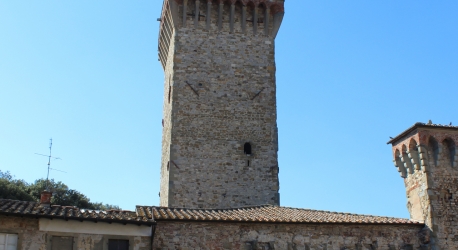
Already inhabited since the times of the Etruscans, the territory of Marciano della Chiana has hosted one of the most important historical pages of the Val di Chiana. The control of its fortress, located on the hills between Arezzo and Siena, was at the center of the war fought in the summer of 1554, in the Scannagallo ditch, between the Spanish-Medici army of Cosimo I de 'Medici and the Franco-Sienese army.
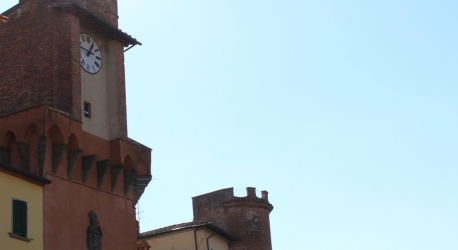
Located on the western side of the Valdichiana Arezzo, lying on a mountain in front of the valley of the Esse stream, Monte San Savino is a characteristic Etruscan village whose population dates back to the fourth century BC, the period to which the famous necropolis of Castellare and Case Sant'Angelo date back.
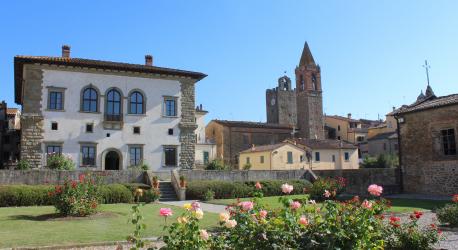
With an ancient and long history, Montepulciano is one of the most characteristic towns of Siena's Tuscany, located between the Val di Chiana and the Val d’Orcia. Built around the sixth century BC. C, at the moment of maximum development of the Etruscan civilization, Montepulciano peeps out among the green hills of the Tuscan hinterland in a dominant position with respect to the Val di Chiana so that its name originates from the Etruscan "purth", a term that indicates the role of the commander and of the leader.
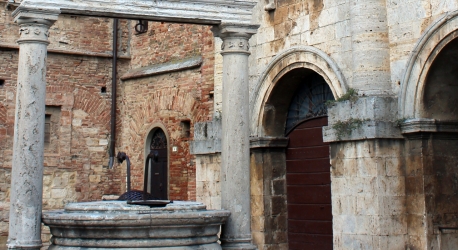
Listed as a UNESCO World Heritage Site, Pienza is the historical-architectural jewel that represents the Renaissance incarnation of the "ideal city". The organization of spaces, perspectives, squares and large buildings make up an urban mosaic known all over the world and recognized as an expression of human creative genius.
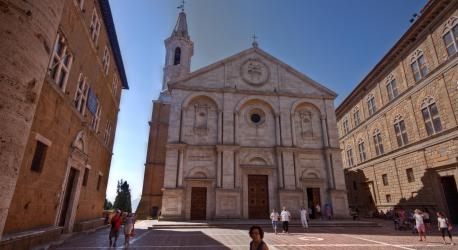
The well-being of the thermal waters, the peace of nature and the charm of history: San Casciano dei Bagni is a place for the wellness of the body and mind. The arrival to the village is already full of charm, with a road in the Tuscan countryside on the slopes of Mount Cetona that passes through woods, rolling hills, fields with olive trees and rows of vines, leading you to a landscape of rare beauty. All this richness can also be explored by bicycle, on foot or on horseback, allowing you to appreciate it slowly and in close contact with the surrounding greenery.
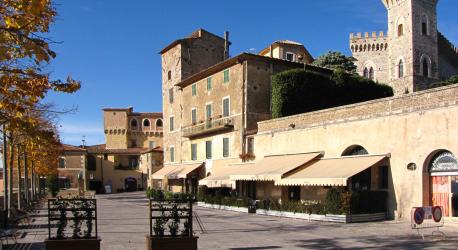
Located between the Val di Chiana and Val d’Orcia, Sarteano boasts an area rich in greenery, history, art and culture. What really stands out is the nature that surrounds the historic village and welcomes the tourist among breathtaking landscapes that open up to many walks and outdoor experiences, ranging from the dense woods of Mount Cetona to the splendid beech forest of the Pietraporciana nature reserve.
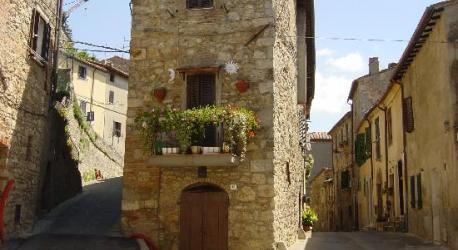
Between villages and Chianina breed, the territory of Sinalunga represents a fundamental step to discover the history and traditions of the valley. The city is well recognizable for its position on a hill, from which it dominates the entire Valdichiana, with a historic center that has many treasures to offer to tourists. The visit starts from Piazza Giuseppe Garibaldi and continues through narrow alleys where you will come across churches and palaces that, with simplicity and discretion, have preserved their historical characters intact and they are brimming with works of art.
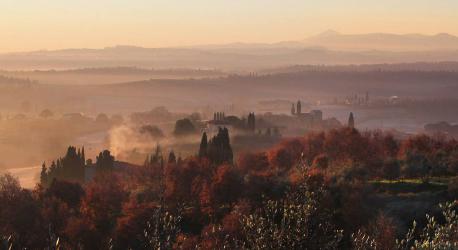
With a network of alleys and an imposing circle of walls, Torrita di Siena is a perfectly maintained medieval village, which has many places of artistic, historical and cultural interest. The historic center deserves to be visited calmly and carefully, under the lens of curiosity and the desire to discover the various shades of flavors, aromas, voices and that drum of that rolling of sounds that is the soundtrack to life of its inhabitants. Patient and careful explorations will leave the visitor surprised by the riches that lie behind the doors of churches, parish churches and chapels.

"Historic rural landscape of a beautiful and strategic area": The Ministry of Agriculture has assigned this name to the Trequanda area. It certifies its exceptional tourist attractiveness. Immersed in a suggestive bucolic setting, this land is home to one of the most important semi-wild Chianina breed farms. The olive tree is the absolute master of the hills and characterizes them for the excellence of their extra virgin olive oil.
